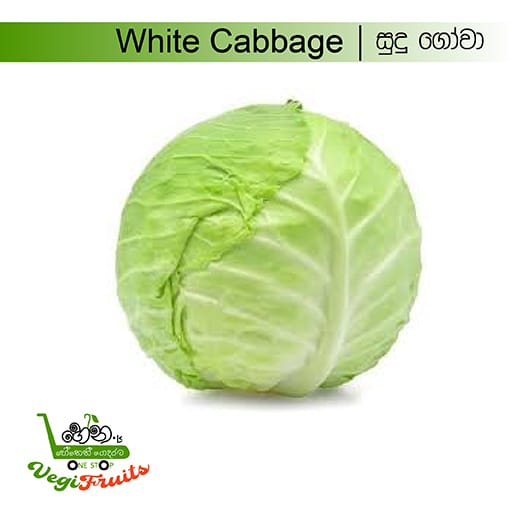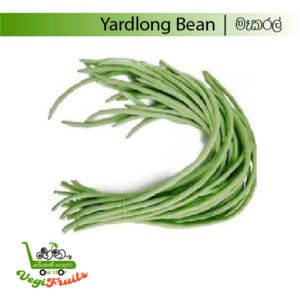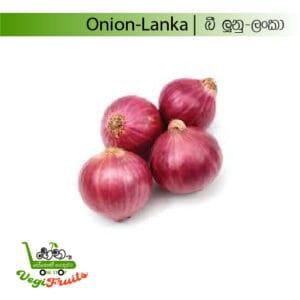Cabbage is a leafy, dense vegetable that is part of the cruciferous vegetable family, which also includes broccoli, kale, and Brussels sprouts:
- Appearance: Cabbage is a biennial plant that produces a compact head of smooth or crinkled leaves. The outer leaves are usually larger than the inner leaves. Cabbage can be green, white, purple, or red.
- Taste: Cabbage leaves get their flavor from the glycoside sinigrin.
- Nutrition: Cabbage is a good source of protein, vitamins, and minerals. Raw cabbage is high in vitamin C, vitamin K, and dietary fiber.
- Preparation: Cabbage can be prepared in many ways, including pickled, fermented, steamed, stewed, roasted, sautéed, braised, or eaten raw.
- History: Cabbage was likely domesticated in Europe before 1000 BC. It was considered a luxury in the Roman Empire.
- Storage: Cabbage can be stored in cold or controlled-atmosphere storage.
- Interactions with medications: Cabbage may interact with certain medications, including acetaminophen, liver medications, and warfarin






Reviews
There are no reviews yet.